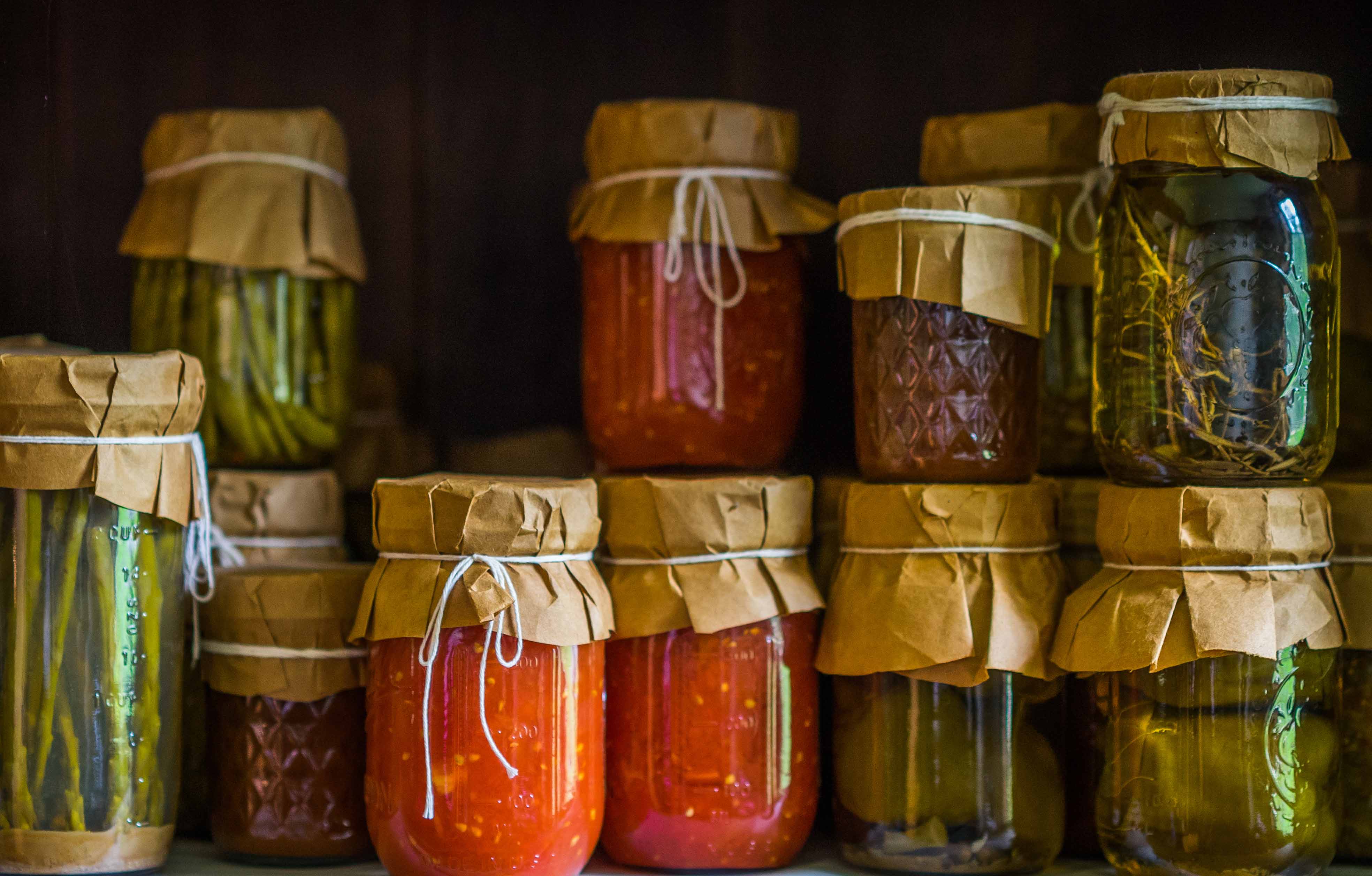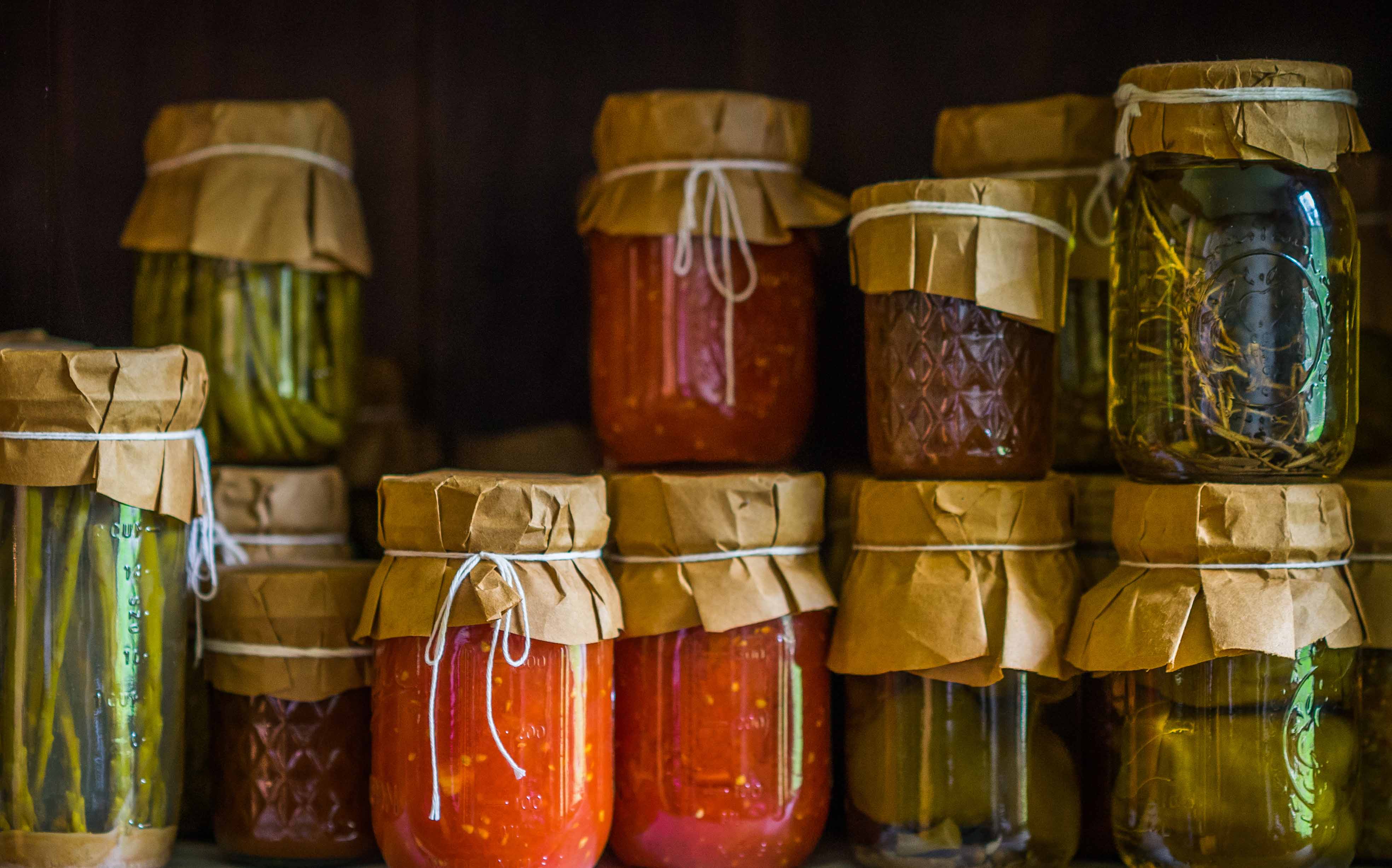Smart Stocking


If you’ve ever rummaged through your pantry in search of a bottle of ketchup only to discover you have a collection of five bottles hidden behind a mountain of canned goods you’re not alone. Pantry cupboards are like the graveyards of the modern kitchen, they’re where bottled salad dressing and condiment collections go to die (fridge doors can also lay claim to this title). The very fact that dry goods are seemingly invincible against the force of time makes them perfect candidates for kitchen clutter. Not only can excess clutter in your pantry look unsightly, it can also encourage less than ideal eating habits; especially if you’re crunched for time or tired and hungry at the end of the day. The following tips lead to an organized pantry and healthier swaps for every day dry goods, leaving you with a better idea of your kitchen inventory and some tasty new ideas for your favourite pantry staples.
Get organized
Restaurant kitchens will almost always have a chalkboard or dry erase board to keep track of incoming and desired inventory. All ingredients are carefully accounted for and it is up to the kitchen staff to ensure there isn’t an undesirable amount of overstock. This system is easy to replicate in your home kitchen and begins with a simple inventory of all your dry goods and pantry items. Take everything out of your cupboard or fridge and organize them by type, taking note of any excess items. Unless you know you’re going to go through them fairly quickly there’s no point in owning 15 kinds of BBQ sauce. Consider donating any non-perishable items to a local food bank or women’s shelter, just make sure to check expiry dates before giving them away. Put all of the remaining pantry or fridge items back, using your chalk or dry erase board to keep track of anything you might need or taking note of any items that have backups. Keep the list up to date by employing the help of your family and you’ll be amazed at how simple grocery shopping trips can be when you’re certain about the contents of your cupboards.
Re-examine the basics
There’s no denying the feeling of comfort a well-stocked fridge brings, there’s an undeniable pleasure in knowing you’re always prepared for hunger pangs. The problem lies not in preparedness but in the items themselves. For starters, a large percentage of dry goods contain high amounts of salt as both a flavour agent and a preservative. In addition to their salt and sugar content, these foods are generally devoid of any nutritional value and won’t leave you with any real feeling of satiety. It’s totally fine to love and crave convenience food but having them around the house all the time can definitely contribute to self-sabotage despite the best and most disciplined of intentions.
Make the healthier switch
Salad dressing is a great example of a potentially detrimental staple that many people have in their kitchens that is incredibly easy to substitute with a healthier version. Make your own salad dressing every few days that will give you enough for several salads and store it in a jar in the fridge. Choose from a simple oil and vinegar dressing or experiment with various citrus juices, Greek yogurt, specialty vinegars, tahini, and fresh herbs to name a few. Buy frozen corn or flour tortillas and make oven baked tortilla chips: stack a few tortillas and cut them into triangular wedges, brush with olive oil, sprinkle with sea salt and chili powder and bake in a moderate oven for about 10 minutes. These chips will keep for approximately a week in a large resealable plastic bag and are great with hummus or salsa. Treat yourself to cookies from your local bakery on an individual basis and consider buying candy in single portion servings if your sweet tooth is begging for a fix. If a fully stocked pantry is important to you fill it with healthier items or those with a lower point value. Try filling it with exotic grains, rice paper for fresh springs rolls, low-sodium canned tomatoes for quick pasta sauces, whole wheat pasta, olives, pickles, canned fruit in light syrup, sundried tomatoes, rice crackers, water-packed tuna, and unsweetened applesauce.
